Expansion of Healthcare Infrastructure
The expansion of healthcare infrastructure, particularly in emerging economies, is a significant driver for the Cardiac Output Monitoring Device Market. As healthcare facilities upgrade their capabilities and invest in advanced medical technologies, the demand for cardiac monitoring devices is expected to rise. Improved access to healthcare services and increased funding for medical equipment are facilitating the adoption of sophisticated monitoring solutions. This trend is particularly evident in regions where there is a concerted effort to enhance healthcare delivery systems. The growth of healthcare infrastructure is likely to create new opportunities for the Cardiac Output Monitoring Device Market, as more facilities seek to implement effective monitoring solutions for their patients.
Growing Demand for Personalized Medicine
The trend towards personalized medicine is influencing the Cardiac Output Monitoring Device Market. As healthcare shifts from a one-size-fits-all approach to tailored treatment plans, the need for precise monitoring tools becomes paramount. Cardiac output monitoring devices provide essential data that can be used to customize therapies based on individual patient profiles. This personalized approach is particularly relevant in managing chronic heart conditions, where understanding a patient's unique hemodynamic status can lead to better treatment outcomes. The increasing emphasis on personalized healthcare solutions is likely to drive the adoption of advanced cardiac monitoring technologies, thereby expanding the Cardiac Output Monitoring Device Market.
Rising Awareness and Education on Heart Health
There is a growing awareness regarding heart health among the general population, which is positively impacting the Cardiac Output Monitoring Device Market. Educational campaigns and initiatives aimed at promoting cardiovascular health are leading to increased screening and monitoring of heart conditions. As individuals become more informed about the risks associated with cardiovascular diseases, they are more likely to seek preventive measures and monitoring solutions. This heightened awareness is expected to drive demand for cardiac output monitoring devices, as patients and healthcare providers alike recognize the importance of accurate monitoring in managing heart health effectively. Consequently, this trend is likely to contribute to the growth of the Cardiac Output Monitoring Device Market.
Technological Innovations in Monitoring Devices
Technological advancements are significantly shaping the Cardiac Output Monitoring Device Market. Innovations such as miniaturization, wireless connectivity, and enhanced data analytics capabilities are making these devices more user-friendly and efficient. For instance, the introduction of portable and wearable cardiac output monitors allows for continuous patient monitoring outside traditional clinical settings. This shift not only improves patient compliance but also enables timely interventions, which are critical in managing cardiovascular conditions. The market is witnessing a surge in demand for devices that offer real-time data and remote monitoring capabilities, indicating a transformative phase in the Cardiac Output Monitoring Device Market.
Increasing Prevalence of Cardiovascular Diseases
The rising incidence of cardiovascular diseases is a primary driver for the Cardiac Output Monitoring Device Market. As heart-related ailments become more prevalent, healthcare providers are increasingly adopting advanced monitoring technologies to manage patient care effectively. According to recent statistics, cardiovascular diseases account for a substantial percentage of global mortality rates, necessitating the need for precise monitoring solutions. This trend is likely to propel the demand for cardiac output monitoring devices, as they play a crucial role in assessing heart function and guiding treatment decisions. Furthermore, the integration of these devices into routine clinical practice is expected to enhance patient outcomes, thereby reinforcing their importance in the Cardiac Output Monitoring Device Market.



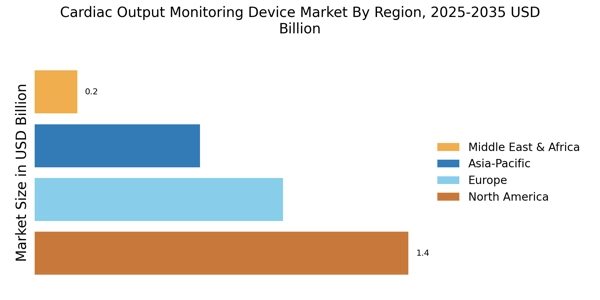
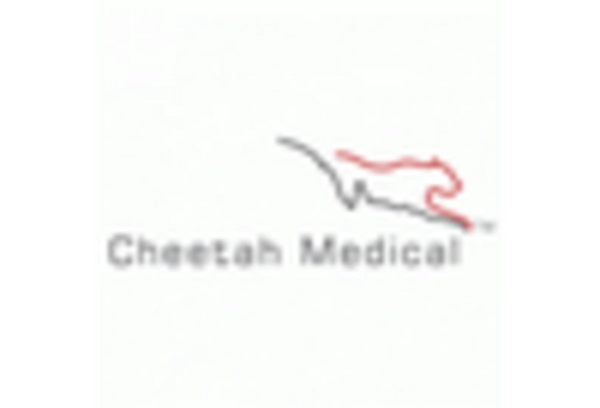
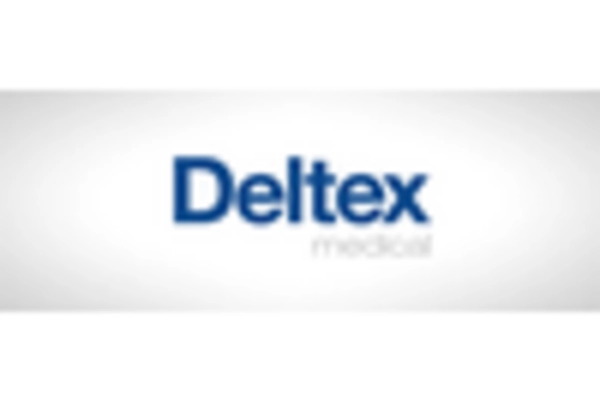

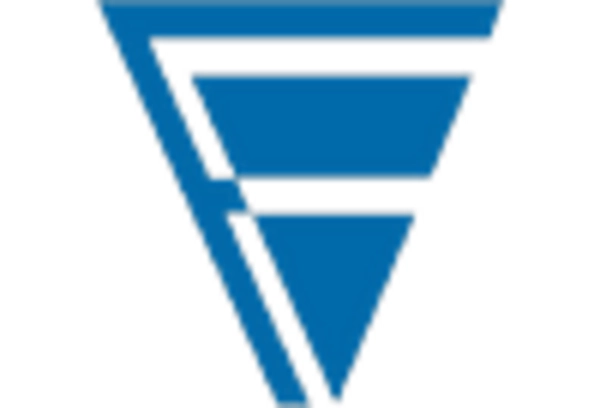
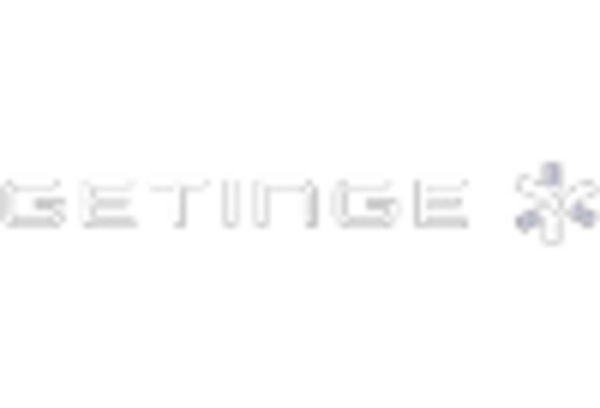
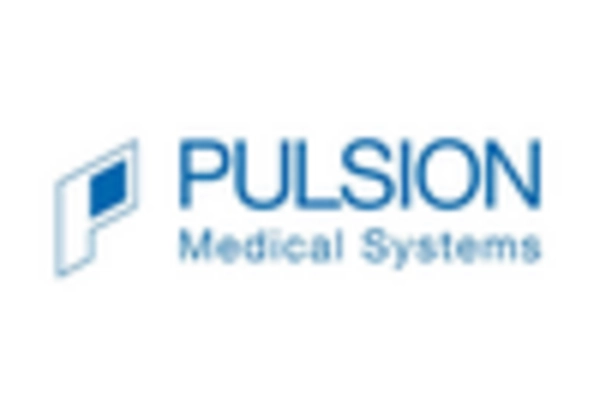








Leave a Comment